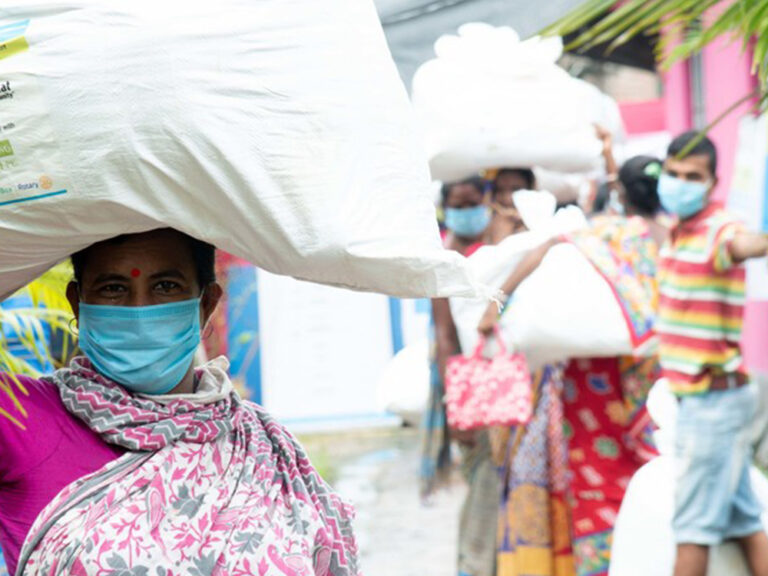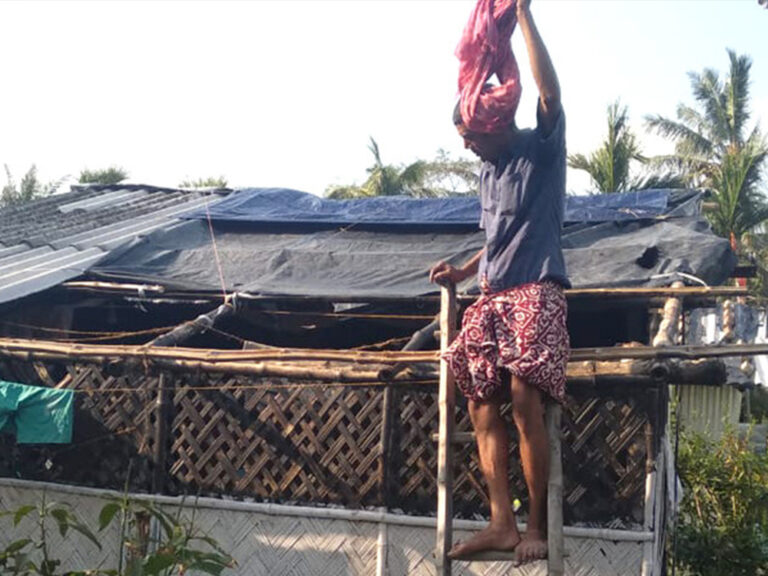Super cyclone Amphan wreaked havoc in India and Bangladesh in May 2020.
Millions of people lost their homes, at a time when they needed it the most to protect from coronavirus.
Read more about what happened, facts about Cyclone Amphan, and how ShelterBox helped.
What happened?
In mid-May 2020, Cyclone Amphan tore through coastal regions of Bangladesh and north-east India. It was the strongest tropical cyclone to strike the River Ganges Delta since 1999.
The storm wreaked havoc, with winds of up to 185 km/h along with heavy rain and sea surges. It destroyed houses and crops and cut power supplies to cities and towns.
In India alone, 1.7 million homes were destroyed. Families in the states of West Bengal and Odisha were affected the worst.
People struggled to rebuild lost livelihoods and find reliable food sources. And with coronavirus cases in India increasing, it was vital for families to have the space to self-isolate and avoid sharing items like cooking sets.
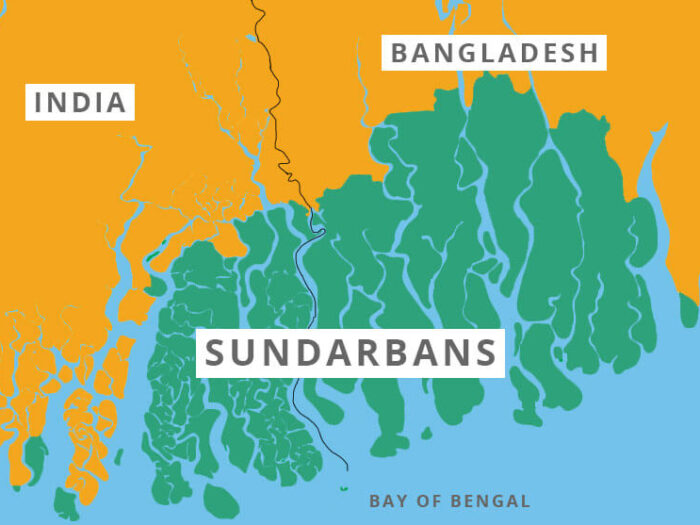
How did ShelterBox help?
Together with our partner Habitat for Humanity India, we supported 1,400 families in the Sundarbans, one of the areas worst hit by Amphan.
Families received shelter kits to enable them to repair or replace damaged and destroyed homes.
We have also provided blankets, sleeping mats, mosquito nets, kitchen sets and hygiene kits with soap, buckets and face masks.
We prioritised vulnerable families who need help the most. This included single-parent households, communities marginalised from society and those living in extreme poverty.
What aid items did we provide?
We provided shelter kits to enable families to repair or replace damaged and destroyed homes.
Families also received blankets, sleeping mats, mosquito nets, kitchen sets and hygiene kits with soap, buckets and face masks.
These everyday items helped people keep themselves safe from coronavirus and begin to think about the future.
Through our partner Habitat for Humanity India, we delivered the aid and provided information for families on how best to use it.
We also ran remote training, including sharing our expertise on framing and bracing techniques using bamboo, the building material most commonly used in these communities.
Families were able to build stronger, more durable shelters to help them face the challenges of the following months.
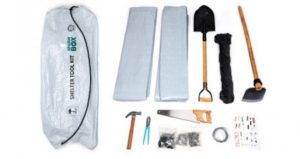
Shelter Kits
A selection of hardwearing tools and materials allowed families to build shelters so they could follow social distancing guidelines
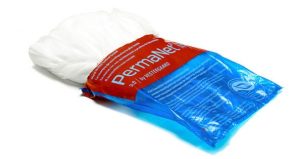
Mosquito Nets
Coated with insecticide, our mosquito nets offered an extra layer of protection from insect-borne diseases like malaria or dengue fever
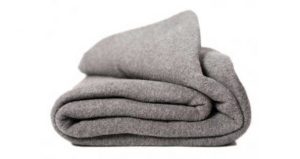
Blankets
Blankets helped families stay warm and protect themselves from the cold

